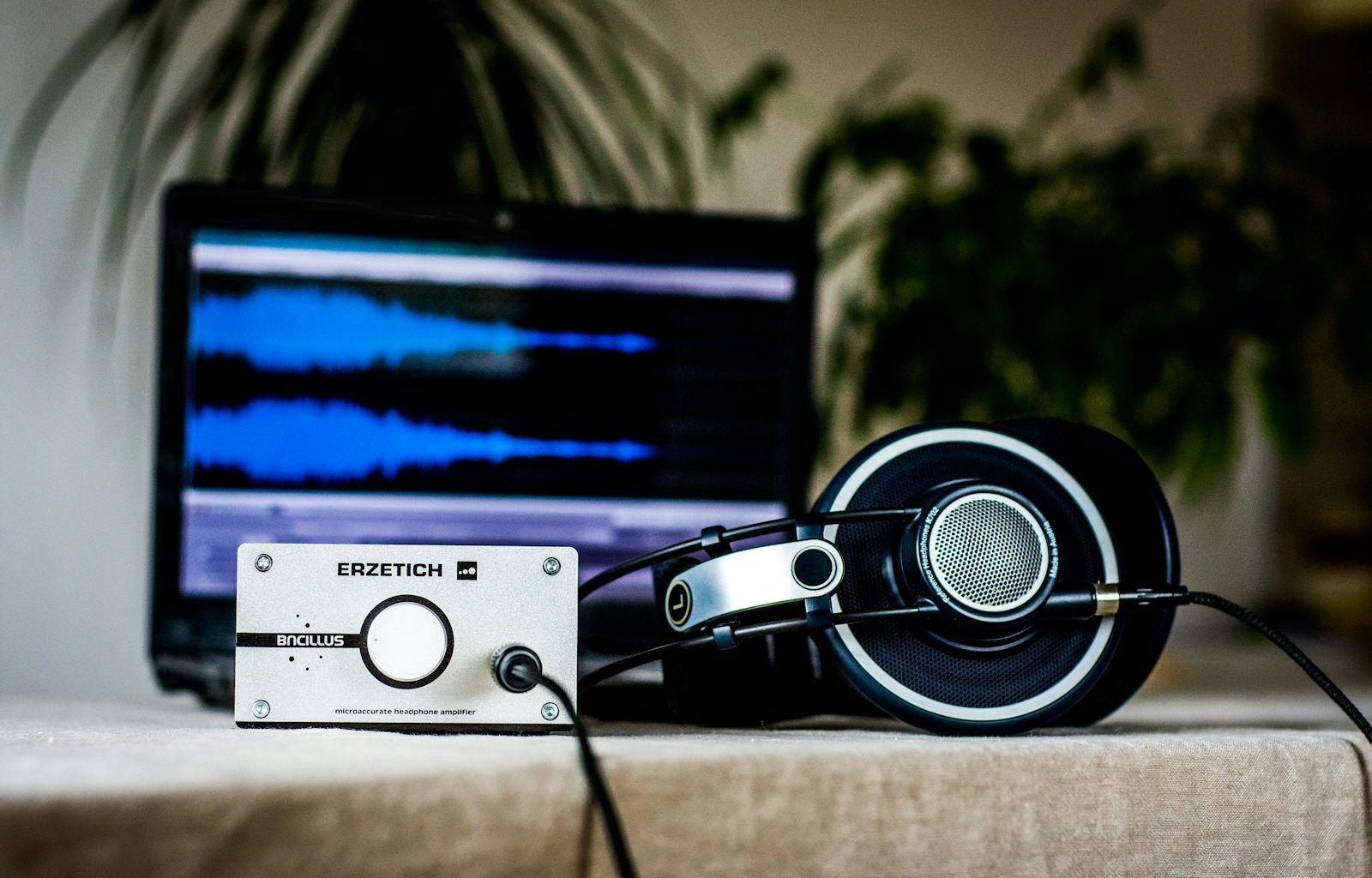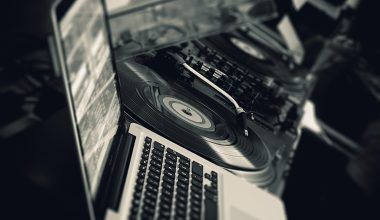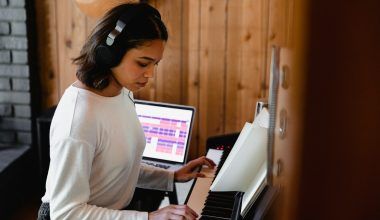In today’s fast-paced world, audio technology plays a crucial role in our everyday lives. From podcasts to music production, digital audio software has become a central tool for anyone working with sound. Whether you’re an aspiring musician, a podcast enthusiast, or just curious about creating high-quality audio, understanding digital audio software can open up a world of possibilities.
What is Digital Audio Software?
Digital audio software refers to programs designed to record, edit, mix, and produce audio files. These tools come in various forms, catering to different needs and expertise levels. For example, some software is built for professional music production, while others are tailored for casual users who want to edit simple recordings.
Think of it as a digital studio. In the past, creating music or recording audio required expensive equipment and studio space. Now, with just a computer and the right software, you can create professional-quality audio from the comfort of your home.
Why is Digital Audio Software Important?
Digital audio software makes it easier to create, manipulate, and share audio content. It’s an essential tool for content creators, musicians, and even businesses that rely on sound for marketing. For example, podcasts have exploded in popularity, and without reliable software to edit and enhance audio quality, many of those stories and conversations wouldn’t sound as engaging as they do.
Moreover, digital audio tools are highly versatile. Whether you want to clean up background noise, mix tracks, or add special effects, these programs provide endless possibilities to bring your audio projects to life. And the best part? Many of these tools are user-friendly, so you don’t have to be a tech wizard to get started.
Getting Started with Digital Audio Software
If you’re new to digital audio software, the first step is to understand what you need. Are you looking to create a podcast, produce music, or just edit audio clips? Knowing your purpose will help you choose the right software.
For beginners, some great options include Audacity, GarageBand, and Cakewalk. These tools are intuitive and come with features that cater to both beginners and intermediate users. If you’re more advanced, you might explore professional-grade software like Pro Tools, Logic Pro, or Ableton Live.
How to Choose the Right Software
Choosing the right digital audio software depends on several factors:
- Your Skill Level: Beginners may prefer simpler tools like Audacity or GarageBand. These programs are easy to navigate and free or inexpensive.
- Your Budget: Some programs offer free versions, while others require a subscription or one-time purchase. Assess your budget before investing in premium software.
- Features You Need: Do you need advanced mixing tools or just basic editing? Make sure the software has the features you’ll use most.
- Compatibility: Check if the software is compatible with your operating system and any external devices you plan to use, like MIDI controllers or microphones.
Features to Look For
When exploring digital audio software, look for these key features:
- Recording Tools: Ensure the software can capture audio from various sources, like microphones or instruments.
- Editing Capabilities: The ability to cut, splice, and rearrange audio clips is essential.
- Effects and Plugins: Built-in effects like reverb, EQ, and compression can enhance your sound.
- User Interface: A clean and intuitive interface makes the software easier to use.
- Export Options: Check that the software allows you to export files in formats you need, like MP3, WAV, or FLAC.
Tips for Using Digital Audio Software Effectively
Once you’ve chosen your software, these tips will help you make the most of it:
- Learn the Basics: Spend some time exploring tutorials and user guides. Most software developers provide free resources to help you get started.
- Organize Your Projects: Keep your files organized to avoid losing track of your work. Label tracks and folders clearly.
- Experiment: Don’t be afraid to try different tools and effects. Experimenting is one of the best ways to learn.
- Use Shortcuts: Learning keyboard shortcuts can save you time during the editing process.
- Listen Critically: Use quality headphones or speakers to monitor your audio. Pay attention to details like volume balance and clarity.
Common Uses of Digital Audio Software
Digital audio software is incredibly versatile. Here are some common applications:
- Music Production: From composing to mixing, musicians rely on these tools to create songs.
- Podcasting: Podcasters use software to record, edit, and enhance their episodes.
- Sound Design: Many filmmakers and game developers use audio tools to create sound effects and ambient tracks.
- Voiceovers: Narrators and voice actors use software to produce clean, professional recordings.
- Audio Restoration: Tools like iZotope RX help clean up old or damaged audio files, removing hiss, pops, and other unwanted noise.
The Future of Digital Audio Software
As technology evolves, digital audio software is becoming even more powerful and accessible. Artificial intelligence is starting to play a significant role, automating tasks like noise reduction and mastering. This means that even beginners can achieve professional results with less effort.
Another trend is cloud-based software, which allows users to collaborate on projects in real-time from anywhere in the world. Imagine recording a song with a bandmate on another continent or editing a podcast episode with a co-host remotely. The possibilities are endless.
Wrapping Up
Digital audio software is a game-changer for anyone working with sound. It provides tools to create, edit, and produce audio like never before. Whether you’re just starting out or looking to take your skills to the next level, there’s a software option out there for you. With practice and patience, you’ll be able to create high-quality audio that stands out.
So, what are you waiting for? Dive into the world of digital audio software and start creating today!
For further reading, explore these related articles:
- Exploring Taylor Swift’s “Anti-Hero” Lyrics: A Story of Feelings and Flaws
- The Ultimate Guide to Billboard Charts 2022: Big Hits, Top Trends, and Amazing Stories
For additional resources on music marketing and distribution, visit DMT Records Pvt. Ltd..






